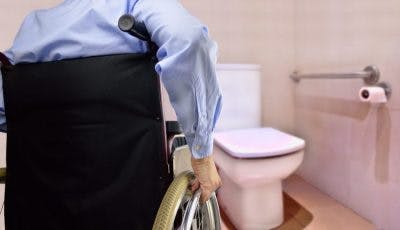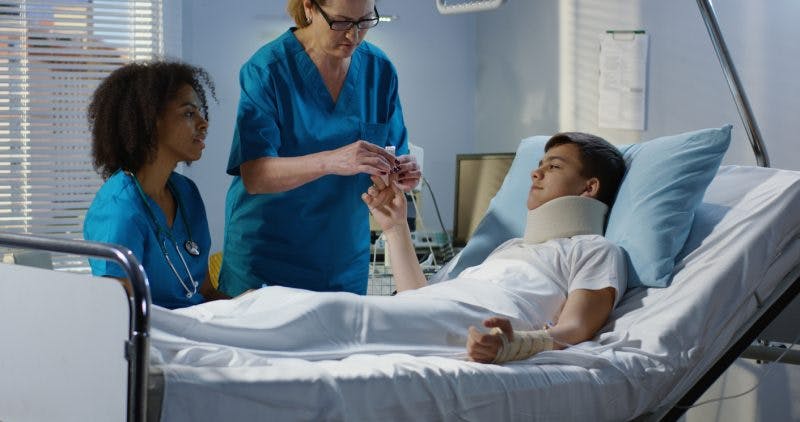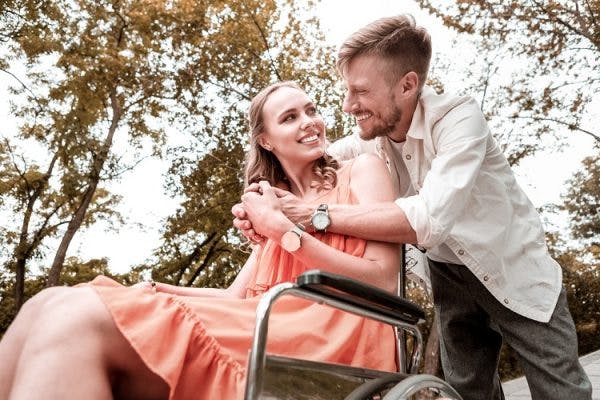One of the most common causes of spinal cord injury is hyperextension of the neck.
Excessive force or trauma can dislocate vertebrae and compress the spinal cord, resulting in paralysis that affects your sensation or movement.
To help you understand what to expect after spinal cord injuries caused by neck hyperextension, this article will go over its causes, symptoms, and recovery outlook.
Understanding Hyperextension and Spinal Cord Injury

Hyperextension of the neck most commonly results in a type of spinal cord injury called central cord syndrome. About 15-25% of incomplete spinal cord injuries result in central cord syndrome.
High-impact forces are responsible for hyperextension of the neck, which occurs when the neck suddenly extends and causes vertebrae to dislocate and compress the spinal cord. These types of injuries frequently occur in motor vehicle accidents, falls, or contact sports.
Depending on how severely the neck is hyperextended, there is potential for various functions innervated by areas below your level of spinal cord injury to be damaged.
What to Expect After Neck Hyperextension Spinal Cord Injury
Your spinal cord is split into 5 main sections. The uppermost section around the neck is your cervical spinal cord.
Damage to the cervical spinal cord can result in:
1. Paralysis in the Upper and Lower Body

The spinal cord is responsible for relaying sensory and motor information between your brain and body. When you touch something, your body sends sensory information to your brain. Your brain then processes that information and sends motor signals back down to the muscles to react.
After a spinal cord injury, information may not be able to get past the injury site, resulting in paralysis of functions below the level of injury.
Because the neck makes up the uppermost section of the spinal cord, individuals who hyperextend their neck will experience some form of paralysis in the upper and lower parts of the body.
The severity of your spinal cord injury will determine how much control you have over the affected functions.
Inability to fully control your movements typically results in reduced physical activity, which can cause:
- Weight gain
- Muscle atrophy (when the muscles shrink from disuse)
- Pressure ulcers (skin breakdown caused by prolonged pressure)
2. Bowel and Bladder Dysfunction

Spinal cord injury from neck hyperextension can also affect your ability to feel.
Because sensory information from your body cannot reach the brain, you may be unable to sense when you need to use the bathroom.
Additionally, brain signals to contract and relax may not be able to reach the areas of the spinal cord that control the bladder and bowel muscles.
Therefore, to prevent accidents, learning how to manage bowel and bladder problems is essential.
Bladder complications are typically managed through catheterization, bladder augmentation surgery, or medications that relax the bladder muscles.
Bowel complications are usually managed by following a strict bowel program.
3. Respiratory Complications

The cervical spinal cord is split into 8 segments labeled C1-C8. The C3-C5 spinal cord segments innervate the diaphragm, which is essential for breathing.
Therefore, spinal cord injuries at the C5 level or higher will result in breathing difficulties.
Individuals with C1-C4 spinal cord injuries will almost always initially need the help of the ventilator to assist with their breathing.
Recovery Outlook for Hyperextension Spinal Cord Injuries
The amount of spinal cord damage incurred by hyperextension will determine your chances of recovery.
If you have an incomplete spinal cord injury, it means that spared neural pathways between your brain and body will exist.
Spared neural pathways are key to spinal cord injury recovery because they’re capable of adapting.
Through neuroplasticity (your central nervous system’s ability to rewire itself), functions weakened by the spinal cord injury can potentially be recovered with rehabilitation principles, like repetition of movement. The more you practice a weakened function, the more you stimulate its neural pathways, and the more the central nervous system adapts to strengthen that function.
It’s important to understand that neuroplasticity is limited, so the more spared neural pathways you have after a spinal cord injury, the better your recovery potential.
As you’ve just learned, hyperextension of the neck can result in very minor or very severe spinal cord damage. If you ever experience any sort of excessive force that causes your neck to whiplash, it’s highly recommended that you seek immediate medical attention to stabilize any potential spinal cord damage.
That’s a wrap! Hopefully, this article helped you better understand what to expect after a hyperextension spinal cord injury.











